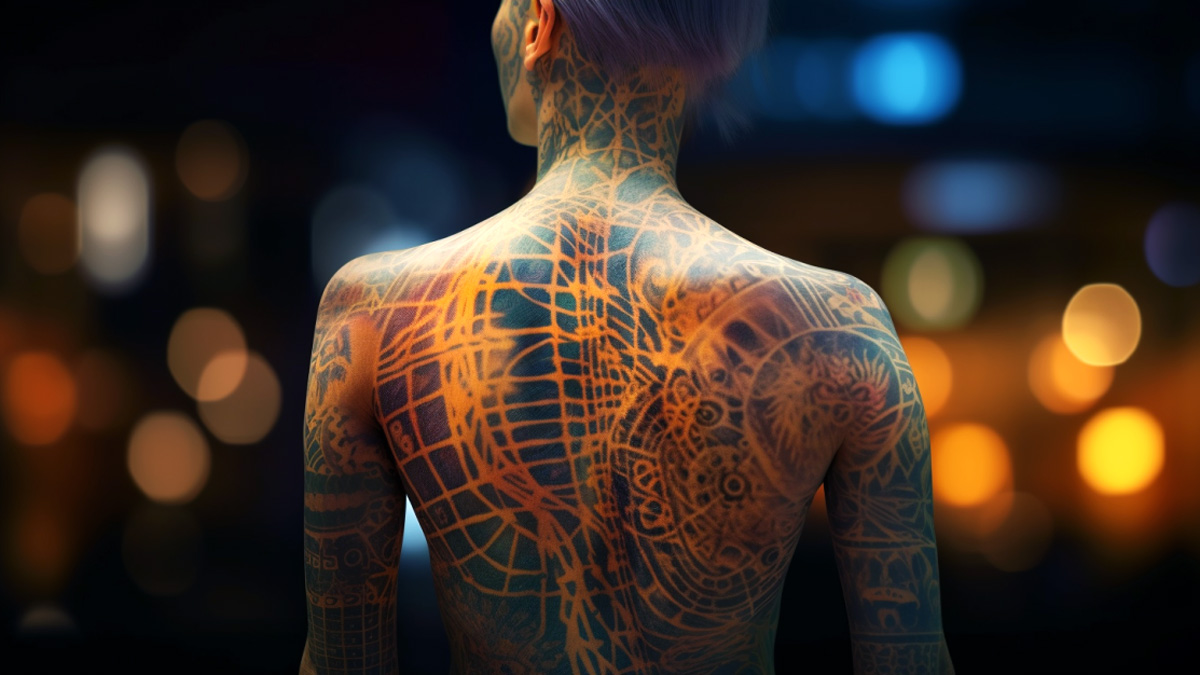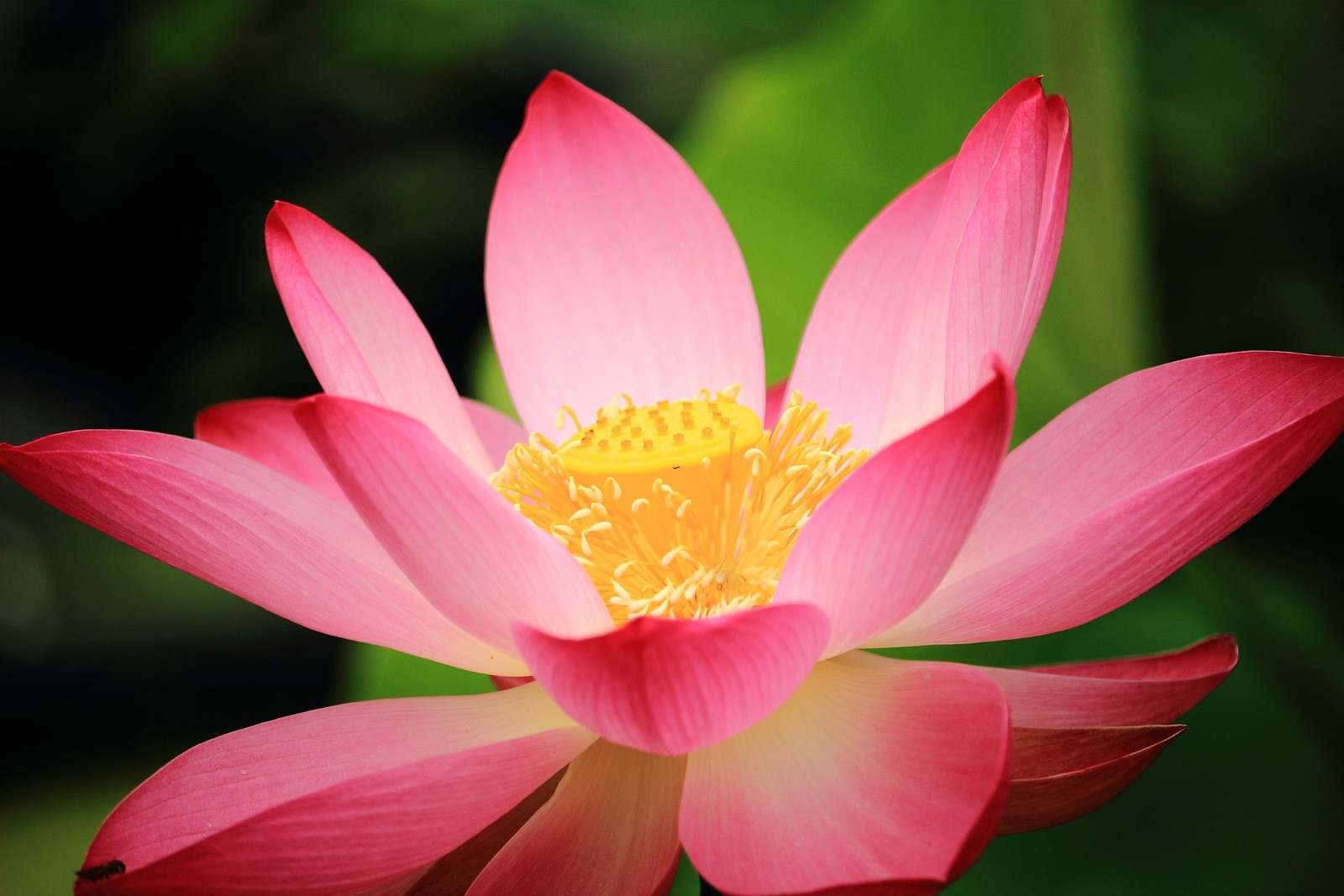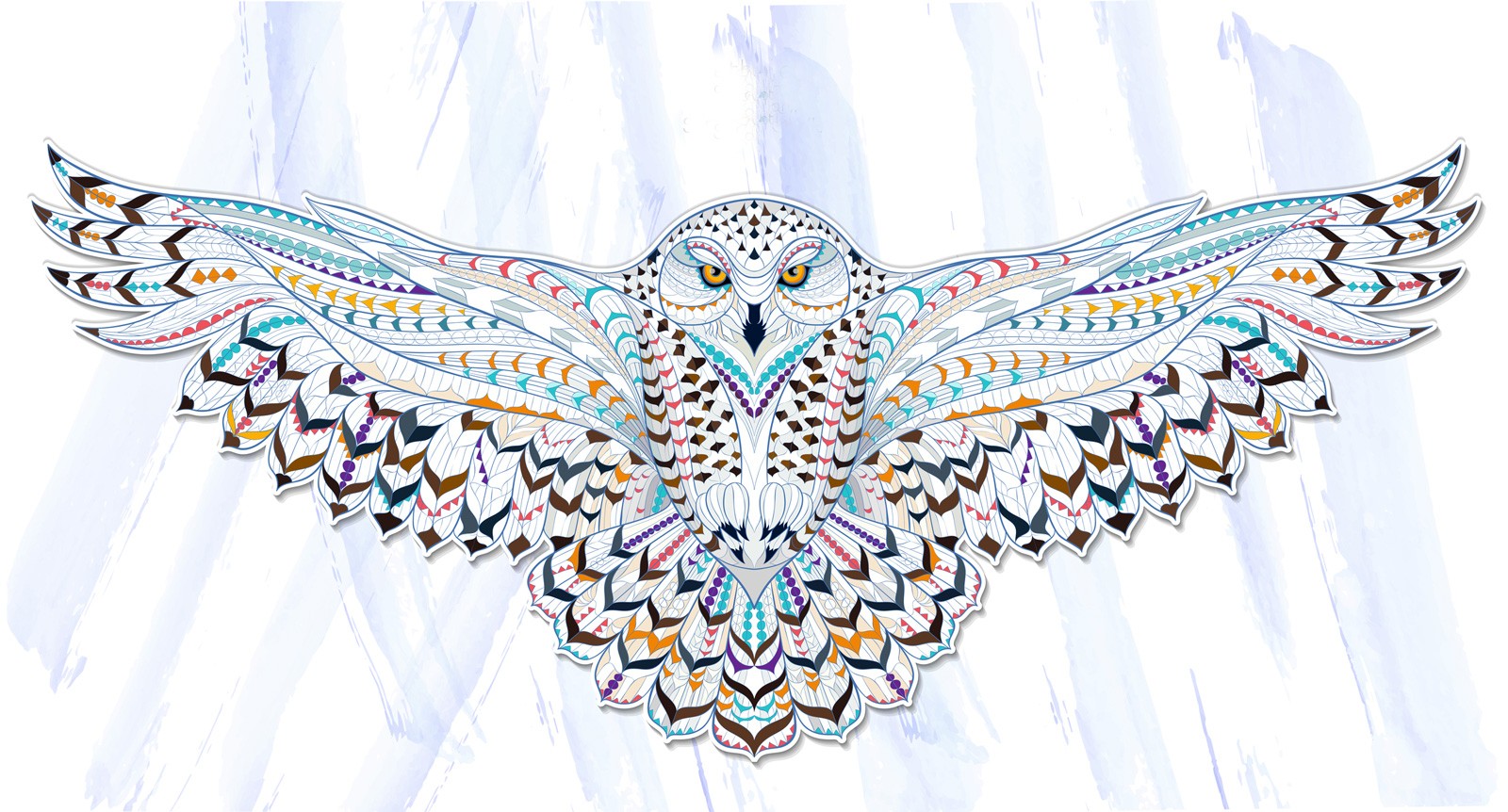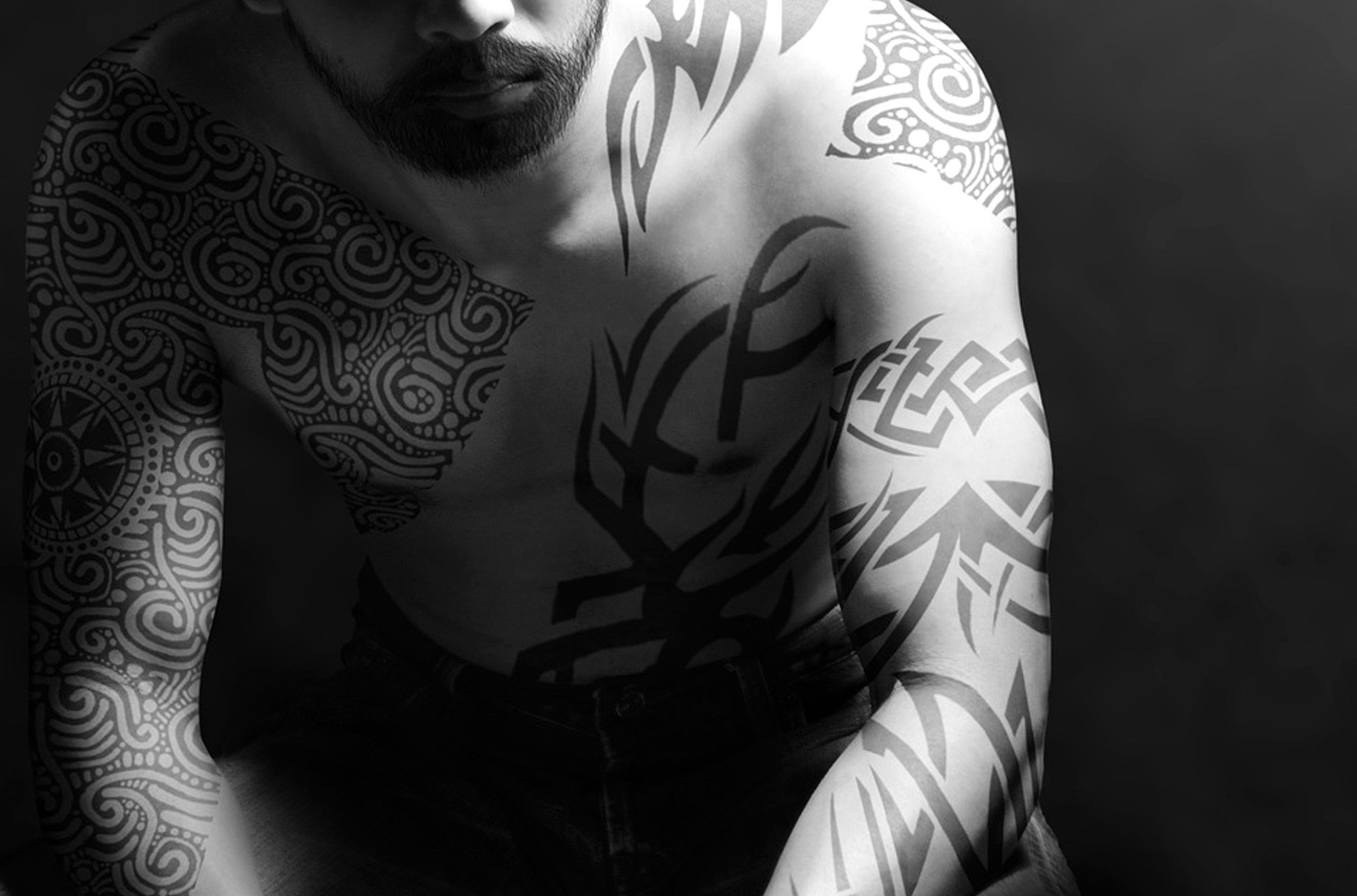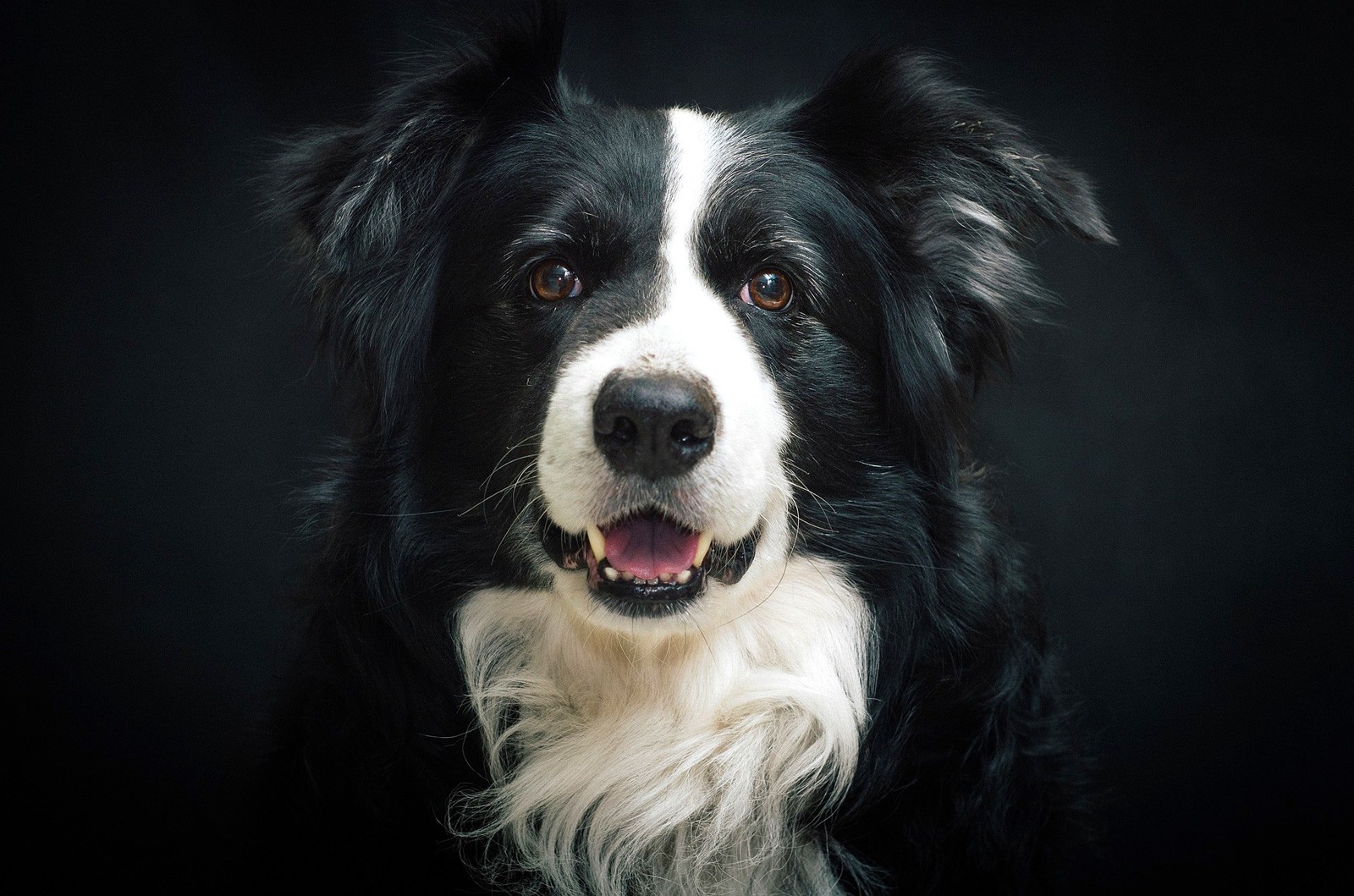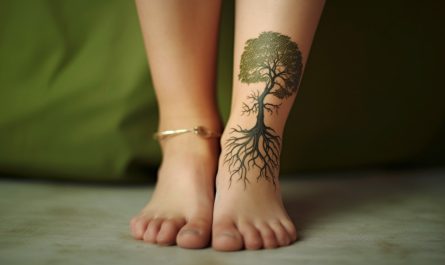Last Updated on March 27, 2025 by Avia
Tattoos hold a special significance beyond just how they look. Each part of the design holds a story, and even the part of the body it’s tattooed on can have great meaning. That’s why we wanted to share with you some insights about tattoo placements and their meanings.
Thanks to the experts we’ve consulted at Tattooing 101, we have inside information about the often overlooked but compelling aspect of tattoos: their placement. In truth, the decision of where to place a tattoo can be as significant as the design itself, with each location bearing a unique significance. With this in mind, we’ll be looking at the symbolism behind different placements and guide you through the process of choosing the right placement for your next piece of body art.
Table of Contents
- Upper Body Tattoos: Symbolism and Historical Significance
- Lower Body Tattoos: Symbolism and Historical Significance
- Head and Neck Tattoos: Symbolism and Historical Significance
- Tattoo Placements and Personal Meanings
- The Influence of Tattoo Style on Placement
- The Relationship Between Tattoo Size, Detail Level, and Optimal Placement
- Considerations When Choosing Tattoo Placement
- Final Thoughts
Upper Body Tattoos: Symbolism and Historical Significance
Arm – Bicep, Forearm, and Wrist
Historically, tattoos on the arm, especially the bicep, symbolized strength and power. Soldiers and warriors often bore arm tattoos to represent their courage.
Wrist tattoos were common among indigenous tribes, with spiral patterns representing the cycle of life and death.
Chest
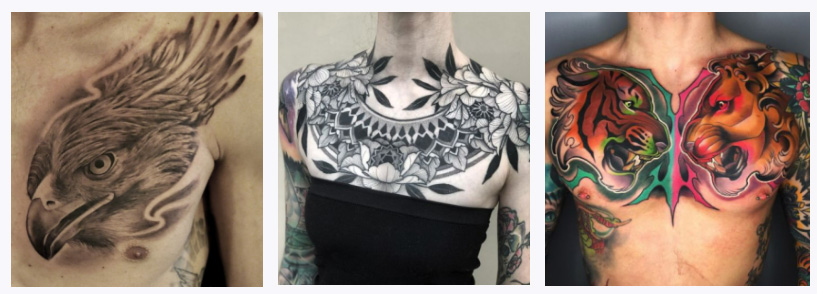
In many cultures, chest tattoos are revered due to their proximity to the heart, symbolizing love, loyalty, and bravery. Ancient warriors frequently had their chests tattooed as a mark of their bravery and commitment to their tribe or clan.
Back
The back, being the largest canvas on the body, was often used for intricate designs and depictions of significant life events or achievements. It served as a timeline, chronicling personal and tribal history.
The size of this area makes it a great choice for a “storytelling” tattoo, as often seen in Japanese body suits.
Shoulder
Shoulder tattoos often symbolize a burden or responsibility one is carrying. In several tribal societies, it was common for tattoos marking responsibility or high rank to be placed on the shoulder.
Lower Body Tattoos: Symbolism and Historical Significance
Leg – Thigh, Calf, and Ankle
Leg tattoos, particularly on the calves and ankles, were common among sailors and were believed to ward off sharks. Thigh tattoos, however, have been associated with protection and femininity across different cultures.
Foot
Historically, foot tattoos were associated with grounding and stability, symbolizing one’s connection with the earth. They were often seen in nomadic cultures as a way to honor the earth that carried them.
Head and Neck Tattoos: Symbolism and Historical Significance
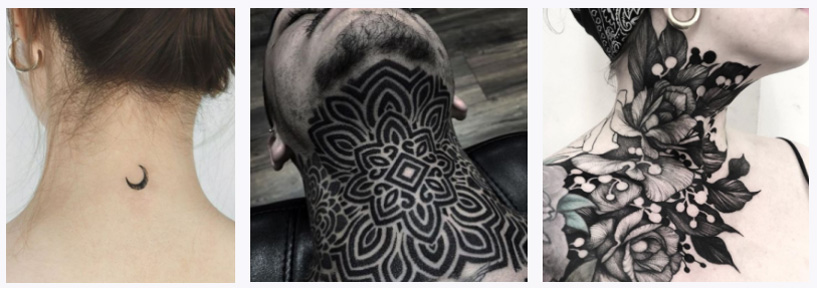
Head and neck tattoos are immediately visible to others. They were often marks of honor, status, or spiritual belief. In many cultures, facial tattoos represented identity and social status, while neck tattoos were commonly associated with strength and courage due to the sensitive and painful nature of the area.
Tattoo Placements and Personal Meanings
Personal interpretation also allows for a unique embodiment of one’s journey, beliefs, and identity.
How Individual Interpretations Can Differ From Traditional or Cultural Meanings
Every individual carries their own set of experiences, values, and perspectives. As such, the meaning assigned to a tattoo placement can vary widely from person to person.
For example, a wrist tattoo may signify strength and resilience to one individual, marking a triumph over a personal struggle, while to another, it might symbolize a constant reminder of a loved one or a personal mantra.
The Meaning of Hidden versus Visible Tattoos
Visible tattoos are typically chosen to boldly express one’s identity or beliefs and can serve as conversation starters.
On the other hand, hidden tattoos often hold deeply personal meanings, serving as private reminders of one’s values, loved ones, or significant life experiences. Their concealment doesn’t dilute their value; rather, it intensifies the intimate connection between the individual and the tattoo.
Tattoos as Markers of Personal Milestones or Remembrances
Many people choose to get tattoos to commemorate significant events, personal achievements, or lost loved ones, and they’ll complement that piece with a meaningful placement. For instance, a tattoo over the heart could commemorate a loved one, while a tattoo on a healed injury might symbolize overcoming a physical trauma or health issue.
The Influence of Tattoo Style on Placement
Tattoo style is a significant factor when considering placement. For example, styles that call for lots of tiny details will need to cover a larger space because ink (especially tattoo linework) spreads a bit under the skin over time.
Overview of Different Tattoo Styles and Preferred Placement
Traditional
Traditional or “Old School” tattoos are known for their bold lines and vibrant colors. Their simplistic, iconic designs like anchors, roses, or sparrows can be placed almost anywhere on the body but are often seen on the arms as part of a ‘sleeve’ or on the chest.
Neo-Traditional
A style that expands on traditional tattooing, neo-traditional allows for more intricate linework and an expanded palette of colors. These tattoos fit well on most parts of the body.
Realism
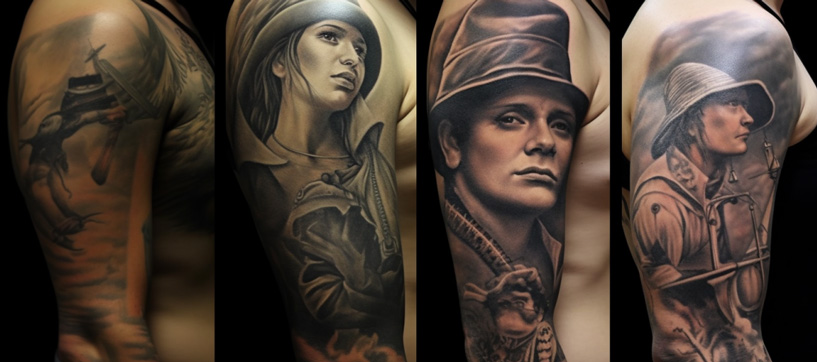
While “micro tattoos” have been growing in popularity, most realism tattoos demand a larger canvas due to their high level of detail. They are often placed on the back, chest, or upper arm, where the broad surface allows for the intricate detail to shine through.
Watercolor
Watercolor tattoos mimic the free-flowing nature of watercolor paintings. These types of tattoos are versatile, so their placement on the body can be just about anywhere.
Tribal
Tribal tattoos, with their bold black lines and geometric patterns, require a good amount of space to fully display their complexity. The shoulder, arm, back, or calf are common placements. An important part of tribal tattoos is their ability to follow the “flow” of the body because they work with the muscles.
Geometric
Geometric tattoos involve precise, symmetrical designs and often look best on flat surfaces to maintain the accuracy of shapes.
The Relationship Between Tattoo Size, Detail Level, and Optimal Placement
A tattoo’s size and level of detail also greatly influence the ideal placement.
Larger, detailed pieces require broad spaces so that the design maintains its readability as the ink spreads beneath the skin over the years. Smaller, simpler designs can be placed on almost any part of the body – including smaller areas like the wrist, ankle, or behind the ear – and still maintain their readability. (Think about places where jewelry would go.)
This is why understanding the style of your tattoo and the space it requires can significantly impact the final aesthetic outcome. Your tattoo artist can also help you find a good placement for your design. They can also provide valuable insights into how the tattoo might stretch over time due to natural changes in the body.
Considerations When Choosing Tattoo Placement
Picking the perfect spot for your tattoo is a process that takes the aesthetic outcome and various personal and practical considerations into consideration.
Factors to Consider: Pain Tolerance, Job Requirements, Personal Aesthetics
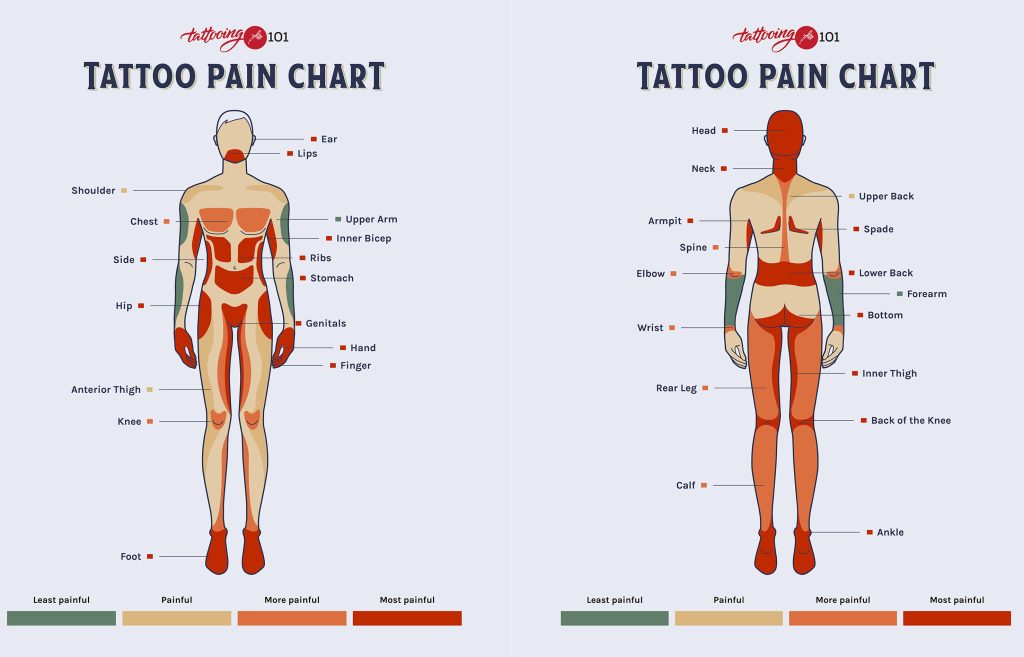
Pain Tolerance
Some parts of the body, like the ribs, feet, and neck, are more sensitive due to the proximity of bones and nerve endings. While many people find the pain to be part of “earning” the tattoo, understanding your pain tolerance can help determine the proper placement for you. Additionally, tattoo artists will occasionally include the use of numbing creams and sprays, if necessary.
Job Requirements
Certain professions may require tattoos to be easily concealed by work attire. For example, people in these professions will want to avoid tattoos on the forearms, wrists, hands, or neck.
Personal Aesthetics
Your personal style and comfort should be the ultimate deciding factor. You should love your tattoo’s placement – it should feel as if it naturally belongs to you.
Final Thoughts
The choice of where we place our tattoos is a thoughtful blend of all different considerations. The placement can enhance the meaning and impact of the tattoo, shaping not only how the world sees it, but also how we connect with it on a deeply personal level.
As you embark on your tattoo journey, remember to reflect on these aspects, talk with your tattoo artist, and choose a placement that feels like a natural extension of yourself.
Want more? Me too! That’s why I’ve also got this for you on Whats-Your-Sign:

